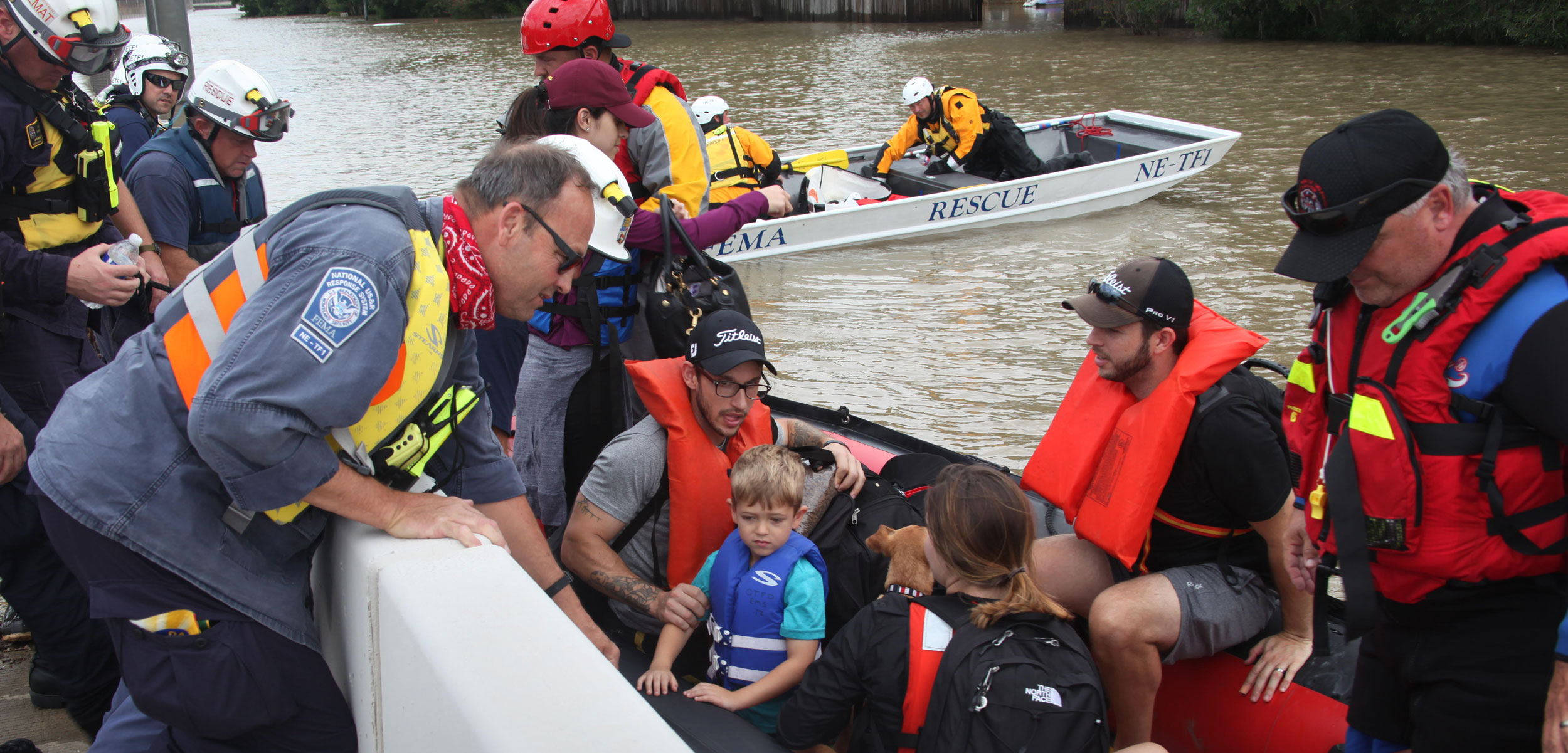Can the United States Afford Another Hurricane?
Repeated storms are stretching the public and private sectors thin.
Article body copy
The 2017 North Atlantic hurricane season still has about five weeks to go, but it’s already one of the most expensive on record.
According to Gavin Magor, a senior financial analyst at rating agency Weiss Ratings, claims on damages caused by Hurricane Harvey will cost from US $160- to $190-billion, and Irma will cost $50- to $60-billion. This toll makes the two storms more expensive than 2005, when four hurricanes caused $143-billion in damages. It’s just as bad for some of the islands in the Caribbean, with an early estimate putting the damage from Irma at $10- to $13-billion, the most expensive storm on record in the region.
Such massive expenses force the question: can the United States afford to take another hit?
Private insurers and reinsurers (companies that insure insurers), for their part, have deep enough pockets to pay out Harvey and Irma claims. After the busy hurricane season of 2004, and the devastation wrought by Katrina, Rita, Wilma, and other storms in 2005—the cost of which caused some insurers to fold—the past 12 years have been relatively quiet. This has allowed the remaining companies to restock.
Franklin Nutter, president of the Reinsurance Association of America, points out that after those costly hurricane seasons, new investors brought money into the system. In fact, competition in the market has pushed the cost for reinsurance 46 percent lower than it was in 2004. “It’s classic economics,” Nutter says.
Despite the built-up reserves, insurers could still be brought down. “The system is capable of weathering a couple of mid-sized storms,” Magor says, but cautions that if a Category 4 or 5 storm hits in the wrong place, all bets are off.
Magor says a major storm that brushes along the southeast coast of Florida, hammering areas of high population that are already dealing with rising sea levels, would be the “worst-case scenario.”
The federal government, however, is not in as good shape as the insurance industry.
The National Flood Insurance Program (NFIP), the federal program that covers most American homeowners, is already in debt for nearly $25-billion—a number that will go up with Harvey and Irma claims.
The debt is a consequence of a double whammy: the NFIP offers buyers insurance at subsidized rates, while the government has done little to encourage homeowners to leave their flood-prone homes.
According to a recent study from the Pew Charitable Trusts, because the same properties get hit again and again, just one percent of insured properties accounts for more than 25 percent of NFIP claims. One notorious home in Mississippi, worth less than $70,000, has flooded 34 times in 32 years and has received $663,000 in payouts.
The Federal Emergency Management Agency (FEMA) has spent upward of $200-million a day. FEMA’s disaster relief fund, an appropriation the agency gets annually from Congress, only held $1.01-billion of its initial $6-billion the week before Irma hit, and had to be propped up with emergency funding from Congress. According to an analysis of FEMA’s data, from 2005 to 2016, 70 percent of the over $80-billion the agency spent on disaster relief was for hurricanes.
For the government, there are also costs unrelated to search and rescue or rebuilding. Tatyana Deryugina, an economist at the University of Illinois, released a study comparing the cost of disaster relief to payouts for social programs, such as unemployment and public health care, after hurricanes. While direct disaster aid after a hurricane costs $155 to $160 per capita, social programs—which also rise after a storm because people were injured, or their workplaces destroyed—averaged about $780 to $1,150 per capita for a 10-year period after the storm. These social costs showed no signs of falling off at the end of the study period, so numbers could be much higher.
Costs are only going to increase. Climate change is making hurricanes more destructive and ongoing construction along increasingly disaster-prone coastlines puts more homes and buildings at stake. But with the federal government funding everything from subsidized flood insurance to disaster relief, and even social programs, for some people the draw of living near water overrides the risks.
“It’s definitely far from what the ideal system would look like,” Deryugina says.
There are calls from legislators and think tanks to raise NFIP’s insurance rates and release updated flood maps that accurately show the risks posed to homes. FEMA could change how it pays out, too. Adam Rose, an economist with the University of Southern California, helped write a soon-to-be published paper that looks at creating a deductible and credit system for post-disasters rebuilding.
Historically, states have paid about 20 percent of the cost of disaster relief, with federal agencies like FEMA paying out the rest. Under the new deductible system, states would end up paying a higher percentage. To take some of the sting out of the increased costs, Rose also proposes issuing credits to states that do resilience and mitigation planning.
“It’s intended to wake states up to the importance of reducing their risk to disasters,” Rose says.
With weeks to go in the 2017 hurricane season, this year could be the impetus to improve how the country pays for hurricanes.
“It is going to be getting worse,” Magor says. “The bottom line is we have to plan for the future.”

